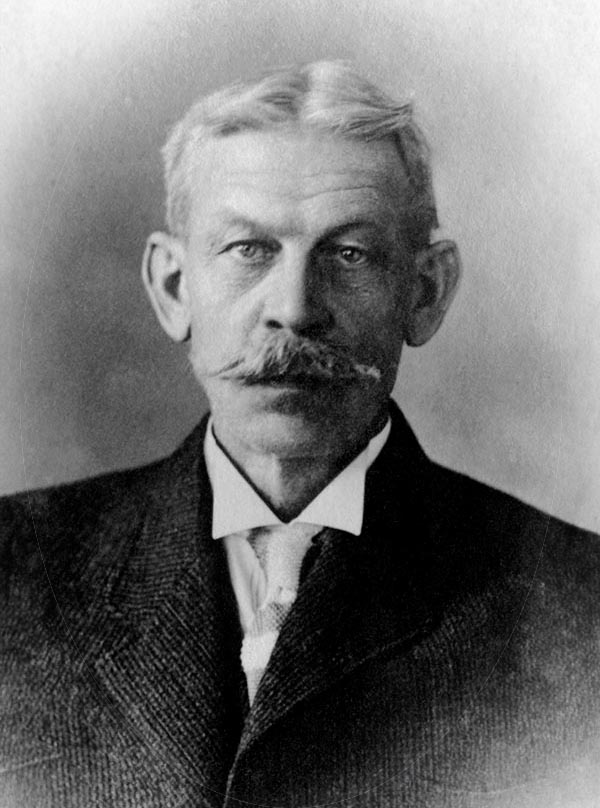Frank Tweedy (1854 - 1937) was a topographer and botanist best known for his maps of Yellowstone National Park. Born and raised in New York City, Tweedy spent summers in the Adirondack Mountains, inculcating a familiarity with the region that would later be central to his career. He attended Union College in Schenectady and studied civil engineering. He worked as a surveyor with the Adirondack Survey in the late 1870s, where his work in the densely wooded Beaver River region won plaudits from Verplanck Colvin, founder and head of the survey. He then took a job as a sanitation engineer in Newport, Rhode Island, before joining the Northern Pacific Survey in Washington Territory in 1882. In 1884, he began working for the U.S. Geological Survey, where he remained for the rest of his career, conducting surveys throughout the American West. All along, he pursued an interest in botany, collecting and categorizing plants; his collections and descriptions were so important that at least 35 plant taxa have been named in his honor.


